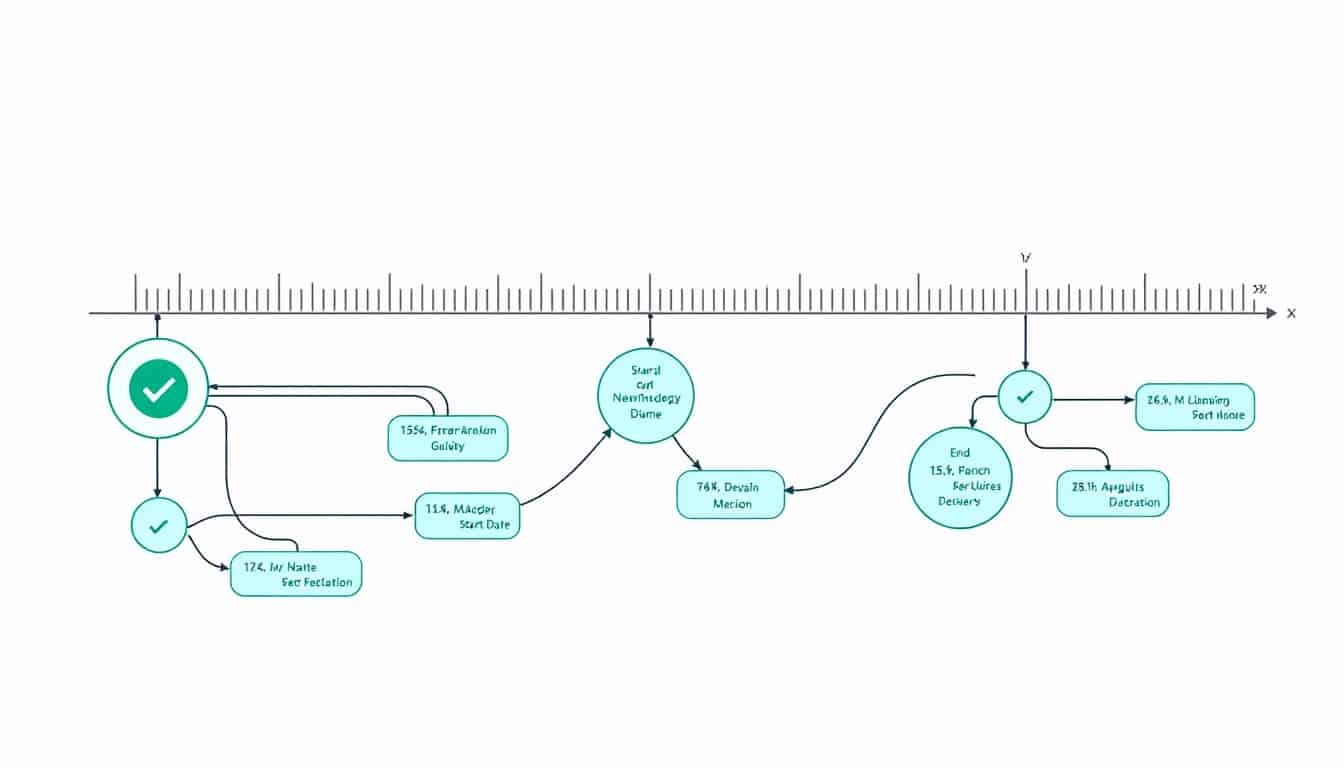Disruptive innovation represents a revolutionary force that redefines the contours of markets and the competitive landscape. Emerging from future needs, it encourages companies to reinvent their processes and adopt new strategies. In parallel, digital transformation, fueled by major technological advances, offers unprecedented opportunities to enhance value creation. This synergy between disruptive innovation and digital transformation paves the way for innovative business models and increased competitiveness, thereby redefining the rules of the game in the business world.
🔥 Nous recommandons Ideamap
Ideamap est l’outil idéal pour un brainstorming ou un projet collaboratif. Grâce son interface facile et à ses fonctions IA, Ideamap booste votre créativité tout en favorisant une meilleure organisation de vos idées pour atteindre vos objectifs.

Definition of Disruptive Innovation and Digital Transformation of Companies
The disruptive innovation represents a significant change in the economic and technological landscape. Unlike traditional methods of incremental evolution, which involve making gradual improvements to products or services, disruptive innovation proposes a revolution. This radical shift alters the rules of the game in a given market, enabling new entrants to outperform established players through innovative technologies, a new customer approach, or radically different business models.
By nature, disruptive innovation is rooted in anticipating emerging needs and the ability to redefine industrial standards. This process can either generate new markets or render existing products or services obsolete. For example, the advent of smartphones disrupted the mobile phone industry by integrating features that were not previously available, leading to profound changes in consumer behavior.
To catalyze this disruptive innovation, digital transformation plays a crucial role. It is often the catalyst that enables companies to adapt and reinvent themselves in a constantly evolving environment. Digital transformation refers to the processes of integrating digital technologies into all aspects of the business. This ranges from internal management to customer contact, including supply chains. With digitization and the exploitation of big data, companies equip themselves with new tools that allow them to innovate quickly and efficiently, and at lower cost.
Indeed, digital transformation gives rise to new challenges. Companies must reevaluate their business models to optimally integrate technological innovations. The importance of this strategy is accentuated by the need to respond quickly to market demands and customer expectations, particularly regarding user experience. Consequently, disruptive innovation and digital transformation are inseparable: one fuels the other.
In this context, it is concerning to note that companies that have not yet adopted these transformation dynamics risk being left behind. Cultural blockages and an attachment to more traditional methods can pose significant barriers to this evolution. To counter this phenomenon, organizations must establish a culture of innovation that values creativity and encourages calculated risk-taking. Design thinking, for example, emerges as an effective method to foster innovative and customer-oriented thinking.
In terms of disruptive innovation, the rise of artificial intelligence and blockchain perfectly illustrates this phenomenon. These technologies are not just additional tools; they are catalysts for transformation that redefine business models by offering more efficient and secure solutions. By integrating these elements, companies can identify disruption opportunities, thus revolutionizing their industry.
The challenges associated with adopting disruptive innovation should not be overlooked. Companies must navigate a complex environment, where competition is increasingly fierce, and consumers are increasingly demanding. This requires organizational agility and a willingness to invest in continuous innovation to keep up with technological trends.















